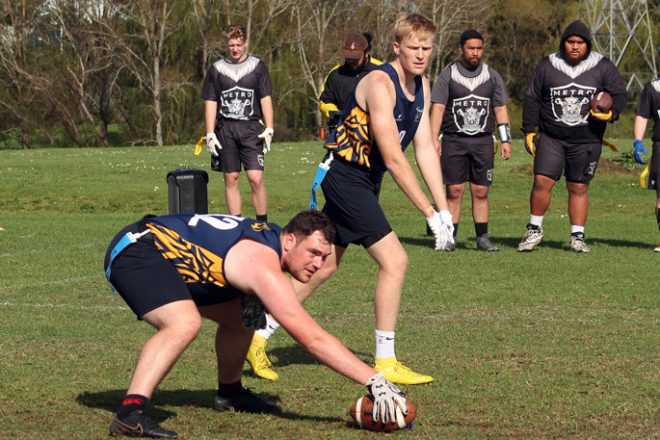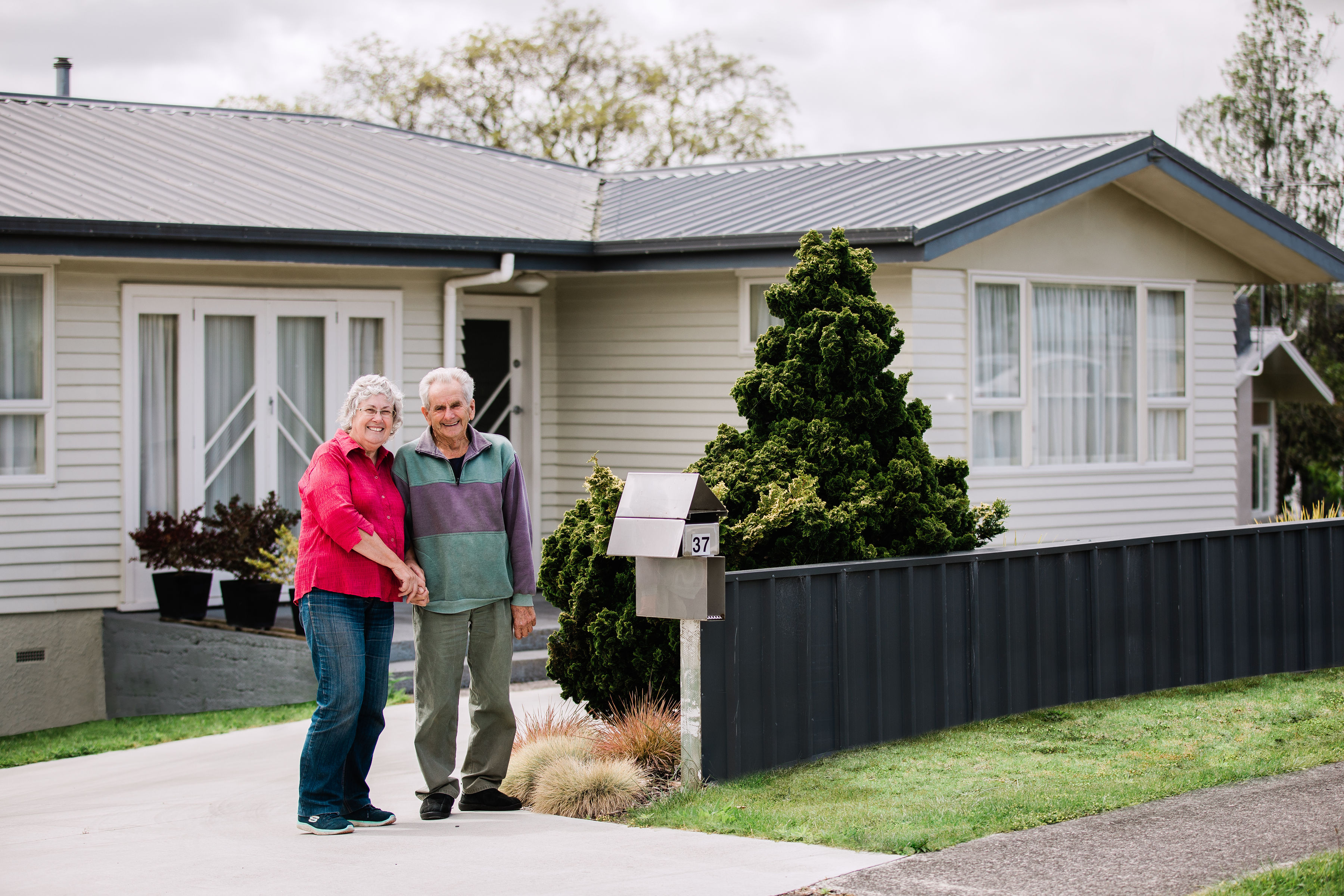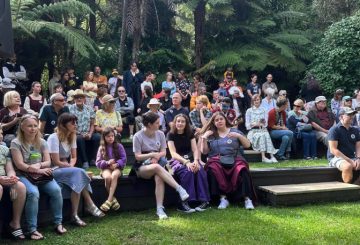이번 주 토요일, 타우랑가 시티 트라이던츠는 호주 최대의 일일 플래그 미식축구 토너먼트 중 하나를 개최합니다.북섬 북부 지역 8개 클럽의 팀들이 그리어튼 파크 (Greerton Park) 에서 남자, 여자, 청소년 (14~18세) 부문으로 구성된 흥미진진한 토너먼트를 관람할 예정입니다.
트라이던츠는 네 팀 (남자 오픈 부문에 두 팀, 여자 및 청소년 부문에 각각 한 팀) 과 함께 참가할 예정입니다.최근 2028년 로스앤젤레스 올림픽 종목으로 승인된 플래그 풋볼은 미식 축구의 언택트 버전입니다.이 경기는 50야드 경기장에서 각 팀당 다섯 명의 선수가 출전해 빠르게 진행되는 경기입니다.이 스포츠는 뉴질랜드와 전 세계에서 인기를 얻고 있습니다.
약 20년 만에 베이 오브 플렌티 최초의 미식축구 클럽인 트라이던츠는 2022년 9월에 처음으로 타우랑가 인비테이셔널 플래그 풋볼 토너먼트를 개최했습니다.이 행사에는 7개 클럽에서 온 9개 팀이 참가했습니다.이 스포츠의 지역적 인기가 높아짐에 따라 클럽에는 이제 여자 팀과 청소년 팀이 포함되었습니다.늘어난 참가 팀을 수용하기 위해 토너먼트의 홈구장인 와이푸나 파크에서 그리어튼 파크로 이전했습니다.
알렉스 햇웰 트라이던츠 회장은 이번 토너먼트 규모가 타우랑가에서 점점 커져가는 스포츠의 인기를 반영한다고 말했다.클럽이 여성과 청소년을 위한 대회를 개최할 수 있는 능력 덕분에 모두가 이 스포츠를 접할 수 있게 되었습니다.그는 또한 그들의 마스터즈 팀이 남자 오픈 디비전에서 젊은 선수들과 경쟁할 것이라고 언급했습니다.
1990년대부터 뉴질랜드 미식축구에 몸담아온 케빈 팔라라기 (Kevin Palalagi) 수석 코치는 타우랑가 관중들에게 클럽의 실력 수준을 선보일 수 있기를 기대하고 있습니다.그는 이번 대회가 다른 클럽, 특히 NZAFF 플래그 풋볼 국가대표팀이 불과 몇 주 앞으로 다가온 상황에서 그들의 위상을 가늠할 수 있는 벤치마크가 될 것이라고 말했다.
토너먼트는 3월 9일 토요일 오전 10시에 시작되며 오후 5시 30분경에 끝날 것으로 예상됩니다.






























































